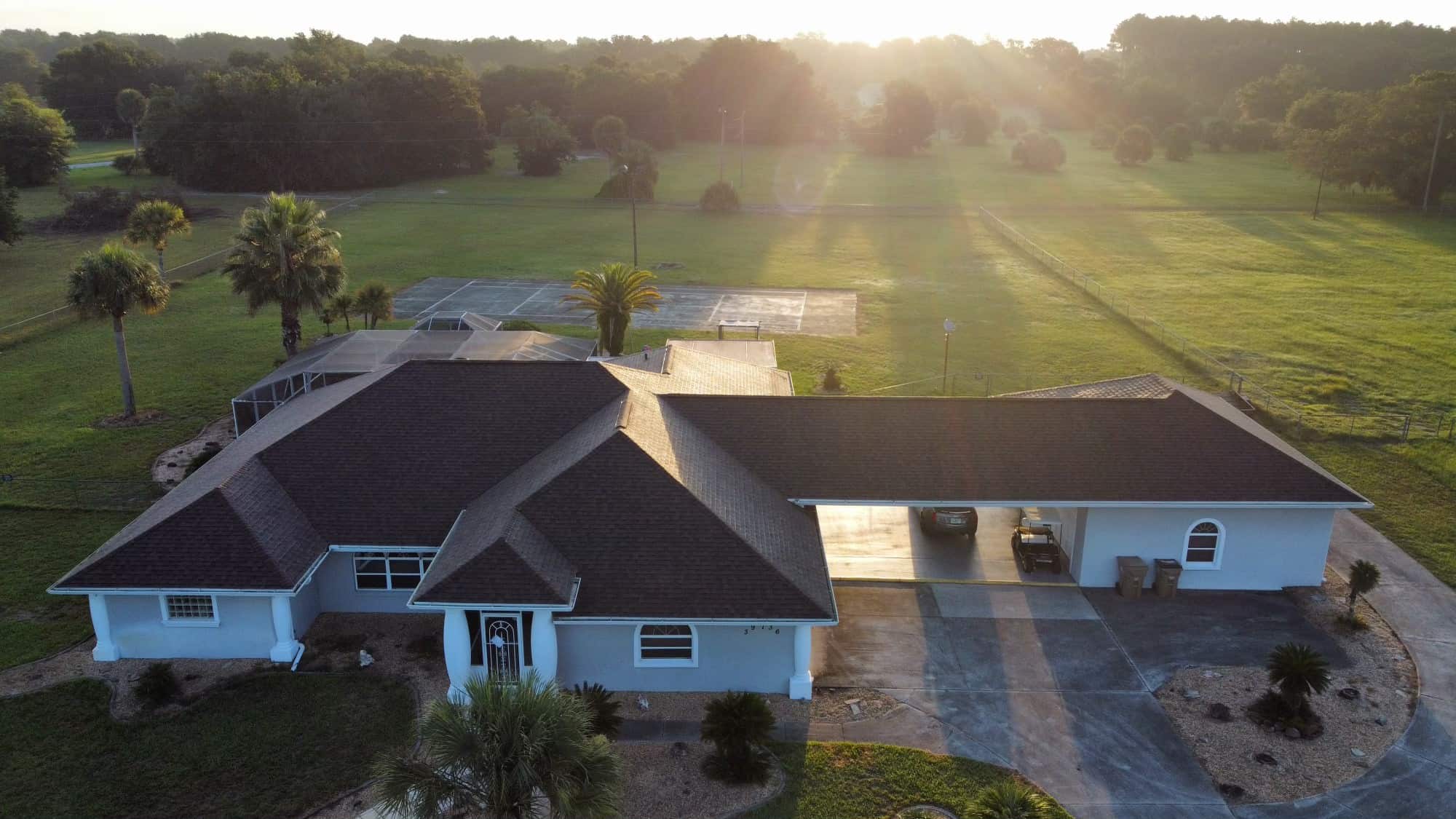Ultimate Guide to Maximizing Roof LifespanUltimate Guide to Maximizing Roof Lifespan

Discovering the Secrets to a Long-Lasting Roof
Maintaining a roof lifespan involves understanding the intricacies of roofing materials, installation quality, and maintenance routines. In this comprehensive guide, we will explore how to extend the roof lifespan and ensure your home remains protected and valuable for decades. To explore how climate affects roof lifespan, Understand the process .
Roof Lifespan Insights
Knowing the roof lifespan is essential for planning future replacements and assessing the current state of your roof. Different materials offer varying lifespans:
- Asphalt Shingles: Typically last 20-25 years.
- Fiberglass Shingles: Extend up to 50 years.
- Metal Roofs: Last 30-50 years.
- Composite Roofs: Similar to metal roofs, lasting 30-50 years.
- Cedar Shake Roofs: With proper care, can last multiple decades.
- Slate Roofs: Known for their durability, lasting up to a century.
Identifying aging signs such as curling or missing shingles is crucial to assessing the need for repairs or replacement. Regular inspections and maintenance are key to prolonging roof lifespan and protecting property value.
Regular Inspections and Timely Repairs
Inspecting your roof at least twice a year can identify issues early. This proactive approach allows for necessary repairs or maintenance to prevent further damage.
- Regular Inspections: Check your roof twice a year.
- Timely Repairs: Fix minor issues before they escalate.
- Preventive Measures: Keep an eye out for signs of wear.
Proper Ventilation and Routine Cleaning
Ventilation maintains optimal performance by preventing overheating and moisture buildup, which can damage roofing materials and reduce roof lifespan. Routine cleaning of your roof and gutters prevents Water retention, limiting the growth of mildew and fungus.
- Proper Ventilation: Ensure your attic is well-ventilated.
- Routine Cleaning: Remove debris from the roof and gutters regularly.
If you’re curious about different roofing materials, Learn key factors .
Factors Influencing Roof Lifespan
Several factors determine roof lifespan, including material choice, installation quality, and Environmental conditions. Let’s delve into these factors:
Material Matters: Choosing the Right Roofing Material
The type of roofing material plays a pivotal role in roof lifespan. Here are some options:
- Asphalt Shingles: Affordable and popular, lasting 20-25 years.
- Fiberglass Shingles: More durable, lasting up to 50 years.
- Metal Roofs: Resistant to extreme weather, lasting 30-50 years.
- Composite Roofs: Mimic natural materials, lasting 30-50 years.
- Cedar Shake Roofs: Natural beauty, lasting multiple decades.
- Slate Roofs: Highly durable, lasting up to a century.
Installation and Workmanship: The Foundation of Roof Lifespan
No matter how robust the material, poor installation can significantly reduce roof lifespan. Ensuring quality workmanship and hiring a professional contractor is crucial.
- Quality Installation: Hire experienced professionals.
- Workmanship Matters: Good workmanship ensures durability.
Climate and Weather Conditions: Nature’s Impact
Climate and weather conditions greatly influence roof lifespan. Severe weather like hail, heavy rainfall, and extreme temperatures can shorten the lifespan, requiring more regular maintenance.
- Climate Impact: Understand your local weather patterns.
- Weather Resistance: Choose materials suited to your climate.
Regular Maintenance: Prolonging Roof Lifespan
Routine maintenance is vital for a long-lasting roof. Regular inspections help catch potential issues early, saving you repair costs and extending roof lifespan.
- Regular Maintenance: Schedule inspections and cleanings.
- Preventative Care: Address minor issues promptly.
If you’re curious about different roofing materials, Discover tips .
Enhancing Roof Lifespan: Additional Tips
To maximize roof lifespan, consider these additional tips:
Upgrading Materials
Invest in high-quality materials to enhance roof lifespan. options like metal and composite shingles offer greater durability.
- Material Upgrade: Consider more durable options.
- Long-Term Investment: Quality materials pay off in the long run.
Ensuring Proper Insulation
Proper insulation supports structural integrity and boosts energy efficiency, contributing to a longer roof lifespan.
- Insulation Benefits: Improves energy efficiency and durability.
- Attic Care: Maintain proper insulation in the attic.
Choosing the Right Contractor
Selecting a reliable contractor ensures your roof is installed correctly, impacting the roof lifespan.
- Reliable Contractor: Hire a reputable professional.
- Installation Quality: Quality installation extends lifespan.
Keeping the Roof Clean
Regularly cleaning your roof and gutters prevents debris buildup and water retention, which can cause damage and reduce roof lifespan.
- Routine Cleaning: Prevents damage from debris.
- Gutter Maintenance: Ensures proper water drainage.
FAQ Section
How long does a typical roof last?
The average lifespan varies by material. Asphalt shingles last 20-25 years, while metal and composite roofs can last 30-50 years. Proper maintenance extends roof lifespan.
What factors influence roof lifespan?
Factors include material type, installation quality, attic ventilation, insulation, climate, and maintenance routines.
Are all roofing materials the same in terms of lifespan?
No, different materials have different lifespans. Asphalt shingles last about 20-30 years, metal and composite roofs last 30-50 years, and cedar shake and slate roofs can last up to a century.
How does installation quality affect roof lifespan?
Quality installation ensures durability. Poor workmanship can lead to premature repairs or replacement, reducing roof lifespan.
What role does attic ventilation play in roof lifespan?
Proper ventilation prevents overheating and moisture buildup, which can damage roofing materials and reduce lifespan.
How do climate and weather conditions impact roof lifespan?
Harsh weather conditions, including hail, excessive rain, and extreme temperatures, can speed up wear and tear, potentially leading to earlier roof replacement.
What impact does regular roof maintenance have on its lifespan?
Regular maintenance, including inspections and debris clean-up, extends roof lifespan by addressing potential issues before they become major problems. To understand the importance of regular inspections, Learn the basics.